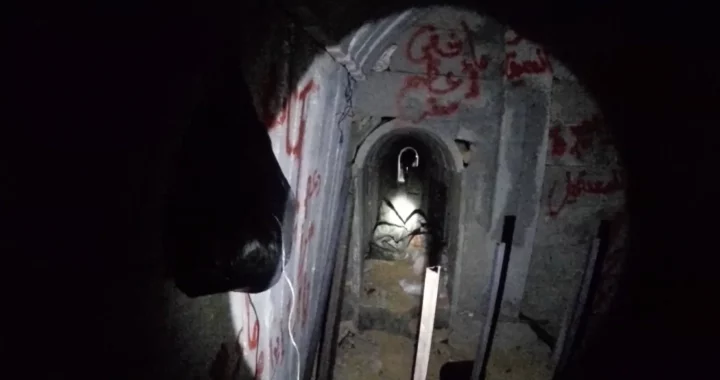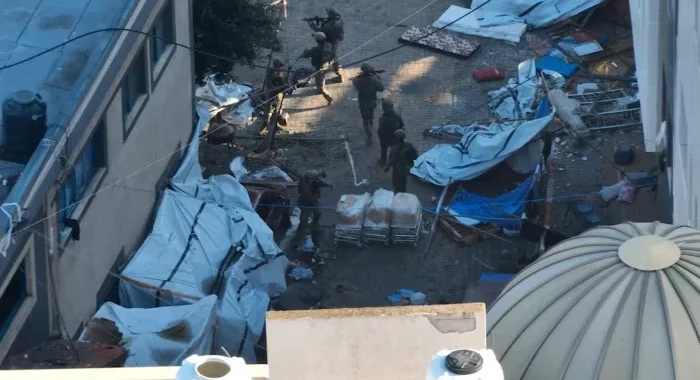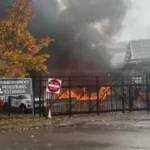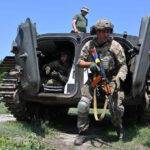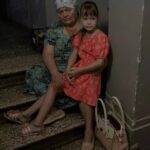Powerful 6.8-Magnitude Earthquake Claims 300 Lives and Shakes Marrakech
A Devastating 6.8-Magnitude Earthquake Strikes Morocco
In a tragic turn of events, Morocco was hit by a powerful 6.8-magnitude earthquake that struck on a fateful Friday night, resulting in the loss of nearly 300 lives and significant damage to buildings in the historic city of Marrakech. According to the United States Geological Survey (USGS), this earthquake marked the strongest tremor to impact this North African nation in over a century.
The earthquake originated within Morocco’s High Atlas mountain range shortly after 11 p.m. local time, at a relatively shallow depth of 18.5 kilometers (11.4 miles), as confirmed by the USGS. The epicenter was situated approximately 72 kilometers (44.7 miles) southwest of Marrakech, a vibrant city with a population of around 840,000 people, known for its popularity among tourists.
Morocco’s Interior Ministry reported a devastating toll, with at least 296 people losing their lives and another 153 individuals sustaining injuries. The aftermath of this catastrophic event left many Moroccans spending the night on the streets in various cities, gripped by fear of aftershocks, as rescue efforts raced against time to locate and free those trapped beneath the rubble. Health authorities issued an urgent call for blood donations to aid the victims of this natural disaster.
Tragically, most of the casualties occurred in remote mountainous areas that were challenging to access. Rescue teams faced formidable obstacles, as roads leading to the worst-affected regions were severely damaged, as reported by state-run TV channel Al Aoula.
The Royal Moroccan Armed Forces issued a stern warning, urging residents to remain vigilant in the face of potential follow-up tremors. In a public message posted on social media, they stressed, “We remind you of the need to exercise caution and take safety measures due to the risk of aftershocks.”
The USGS underscored the unusual intensity of this earthquake for the region, stating, “Earthquakes of this size in the region are uncommon, but not unexpected. Since 1900, there have been no earthquakes M6 (magnitude 6) and larger within 500 km of this earthquake, and only 9 M5 (magnitude 5) and larger earthquakes.” They further predicted that “significant damage is likely and the disaster is potentially widespread,” emphasizing that many structures in the area were highly susceptible to earthquake-induced shaking.
Footage broadcasted on Al-Aoula television graphically depicted the grim reality, with multiple buildings near the epicenter reduced to rubble. Thousands of people evacuated their homes in response to warnings from the country’s National Institute of Geophysics regarding the looming threat of aftershocks.
The mountain village of Asni, close to the epicenter, bore the brunt of the devastation, with most of its houses suffering damage. Local resident Montasir Itri shared the heart-wrenching scene, saying, “Our neighbors are under the rubble, and people are working tirelessly to rescue them using whatever means are available in the village.”
The earthquake’s tremors extended to areas further west, near Taroudant, where residents recounted their terrifying experiences. Hamid Afkar, a teacher, vividly described the ordeal: “The earth shook for about 20 seconds. Doors opened and shut by themselves as I rushed downstairs from the second floor.”
The impact was felt even in the old city of Marrakech, a UNESCO World Heritage site renowned for its nearly 1,000 years of history. Some of its houses collapsed, and residents joined forces to clear debris by hand while awaiting heavy machinery. Id Waaziz Hassan, a local resident, highlighted the challenges, saying, “The chandelier fell from the ceiling, and I ran out. I’m still in the road with my children, and we’re scared.”
Brahim Himmi, another resident, reported ambulances streaming out of the old town, with many building facades bearing scars from the earthquake. The fear of further seismic activity compelled people to remain outdoors, bracing for another potential quake.
Marrakech, often referred to as the “red city” due to its red sandstone buildings, is an ancient imperial city with a rich cultural heritage. Its vibrant streets are adorned with medieval-era palaces, mosques, gardens, and bustling markets. However, this historic city suffered damage to its red earth walls, originally laid out in the early 12th century, during the earthquake.

Prior to the COVID-19 pandemic, Marrakech was a magnet for tourists, attracting nearly three million visitors in 2019. Beyond its cultural significance, the city is Morocco’s fourth-largest urban center and a major economic hub.
The earthquake’s tremors also reached the capital city of Rabat, situated about 350 kilometers north of the High Atlas mountains, according to eyewitnesses cited by Reuters. This calamitous event serves as a stark reminder of the seismic risk that looms over the region, underscoring the importance of thorough damage estimation and robust seismic risk assessment measures. Our hearts go out to the people of Morocco as they grapple with the aftermath of this devastating natural disaster.
By: M Z Hossain, Editor Sky Buzz Feed

